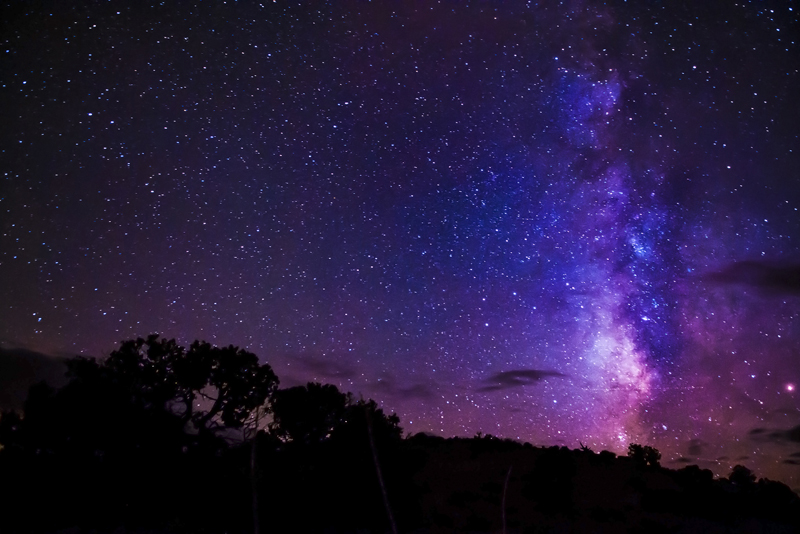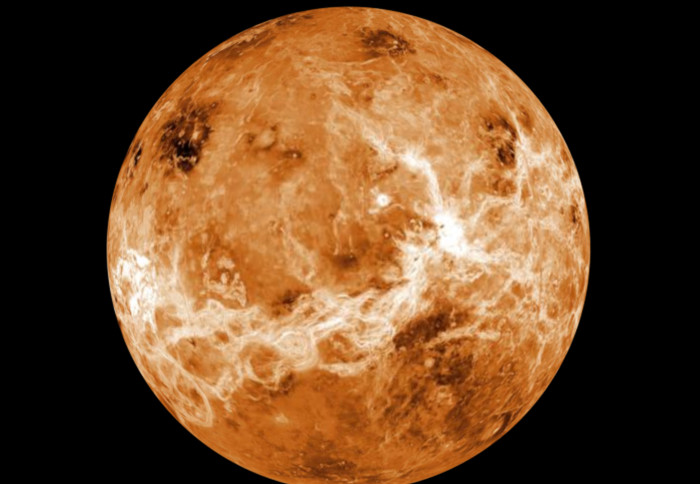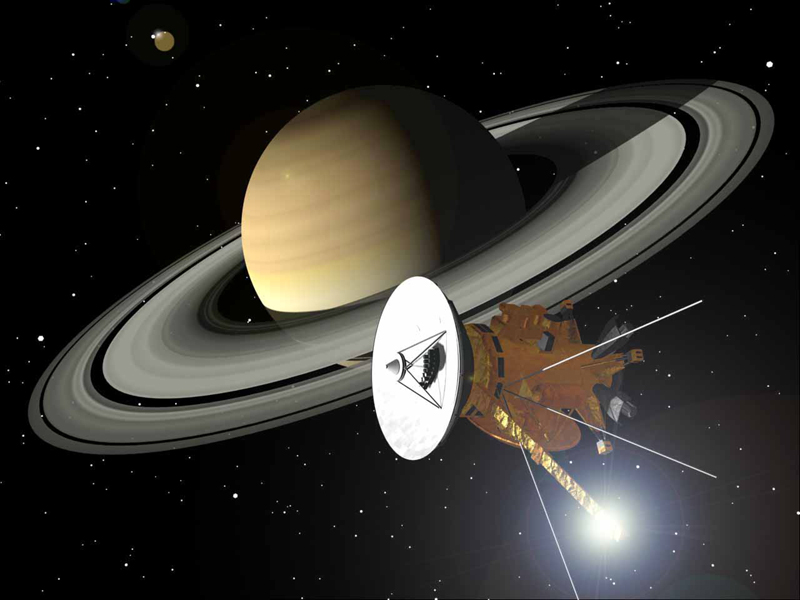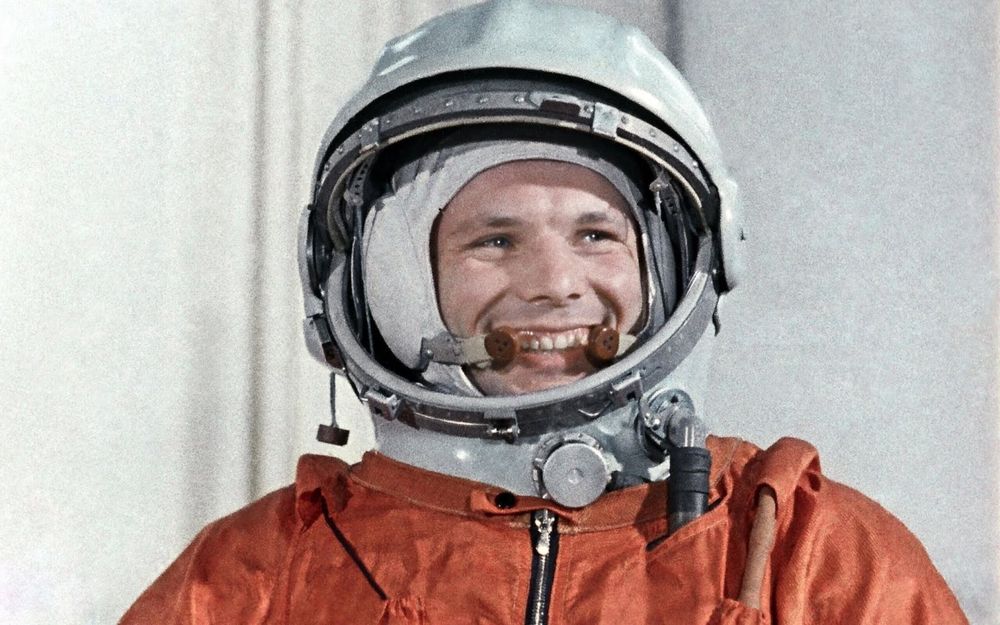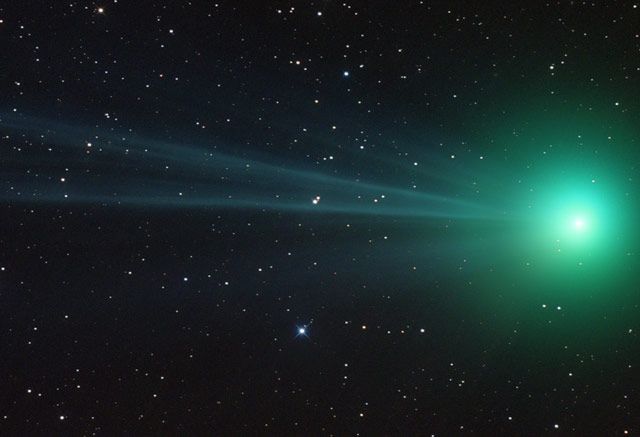Hi everybody
Here's the latest article from the Astronomy site at BellaOnline.com.
Heavens-Above – website
You can see the International Space Station from where you live. But when and from which direction? What are the two bright stars you've seen after sunset? What's an Iridium flare? The website Heavens-Above is a tool for beginners and experienced observers to answer questions like this.
http://www.bellaonline.com/articles/art301417.asp
*School student discovers a planet*
When English high school student Tom Wagg was 15, he did work experience at Keele University. He worked with a team checking data on extrasolar planets. Spotting something which caused a tiny dip in a star's light, possibly as a planet passed in front of it, Tom reported it. One light dip doesn't make a planet, but it makes a planet candidate needing further observations. These have happened over the past two years. The WASP (Wide Angle Search for Planets) collaboration has now confirmed Tom's discovery as a planet. It's been given the catalogue number WASP-142b. Tom may be the youngest person to have discovered a planet.
*Venus and Jupiter in conjunction*
Don't forget that that the two planets are at their closest on Tuesday, June 30th, when they'll practically seem to be touching. Look in the west after sunset - it doesn't have to be completely dark to see them.
*Women pioneers in space*
Last week I linked to an infographic on Valentina Tereshkova's mission. Here's one on some of the careet highlights of the brilliant Sally Ride. She was a most extraordinary person who put her great abilities to work to advance science, to teaching, and to encouraging young people - especially girls - in science. https://www.pinterest.com/pin/250090585534749885/ I guess the one talent she didn't develop was tennis. She kept on with the physics despite Billie Jean King's saying she could be a great player. (Ride was a junior champion at the time.)
*Birthdays*
(1) The great comet hunter Charles Messier was born on June 26, 1730. He's best known for compiling a catalog of nebulae, because the nebulae could confuse people looking for comets. The Messier objects are now considered interesting deep sky objects in their own right.
(2) George Ellery Hale was born on June 29, 1868. He was an outstanding solar physicist, but his greatest contributions to astronomy were overseeing the construction – three times! – of the world's largest telescope. He founded Yerkes Observatory, run by the University of Chicago, and the largest refracting telescope ever built for scientific use. He founded a solar observatory on Mt. Wilson in California, then built the 100-inch Hooker reflecting telescope, which was the largest in the world for thirty years. Hale had died before his last – and most brilliant – project was dedicated, the 200-inch telescope on Mt. Palomar California.
A mile above the California desert stands Palomar Observatory. Its 200-inch mirror was officially impossible to make, but George Ellery Hale's vision inspired a nation in the grip of the Great Depression and it became the jewel in the crown of astronomy for the second half of the twentieth century. http://www.bellaonline.com/articles/art178826.asp.zzz
*Tunguska anniversary*
On June 30, 1908 hundreds of miles of Siberian forest were levelled by what astronomers think was the effect of an asteroid or small comet that broke up in the lower atmosphere. From the Chelyabinsk asteroid on February 15, 2013 we know that the shock wave can be quite powerful. Fortunately, this superbollide was smaller than the Tunguska one and exploded higher in the atmosphere.
You can read about “Cosmic Collisions” here: http://www.bellaonline.com/articles/art180219.asp
Please visit http://astronomy.bellaonline.com/Site.asp for even more great content about Astronomy.
I hope to hear from you sometime soon, either in the forum http://forums.bellaonline.com/ubbthreads.php/forums/323/1/Astronomy or in response to this email message. I welcome your feedback!
Do pass this message along to family and friends who might also be interested. Remember it's free and without obligation.
I wish you clear skies.
Mona Evans, Astronomy Editor
http://astronomy.bellaonline.com
One of hundreds of sites at BellaOnline.com
.
astronomy Newsletter
